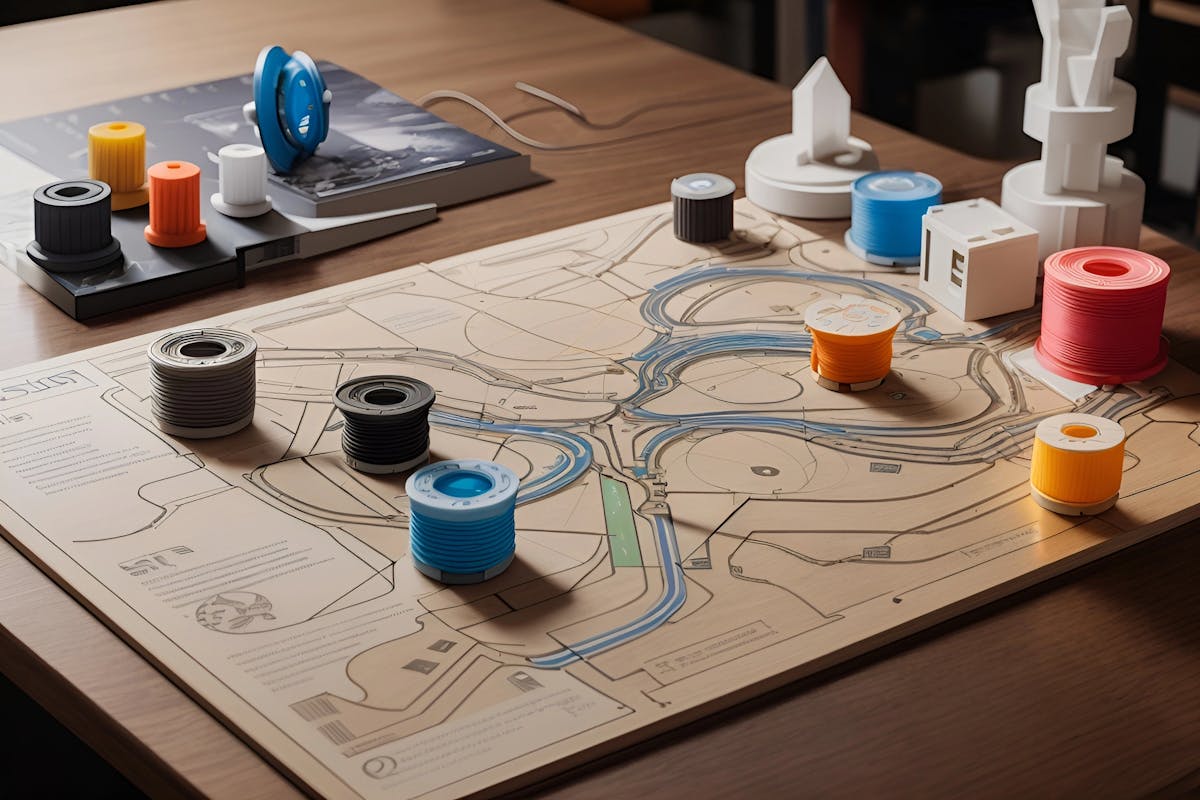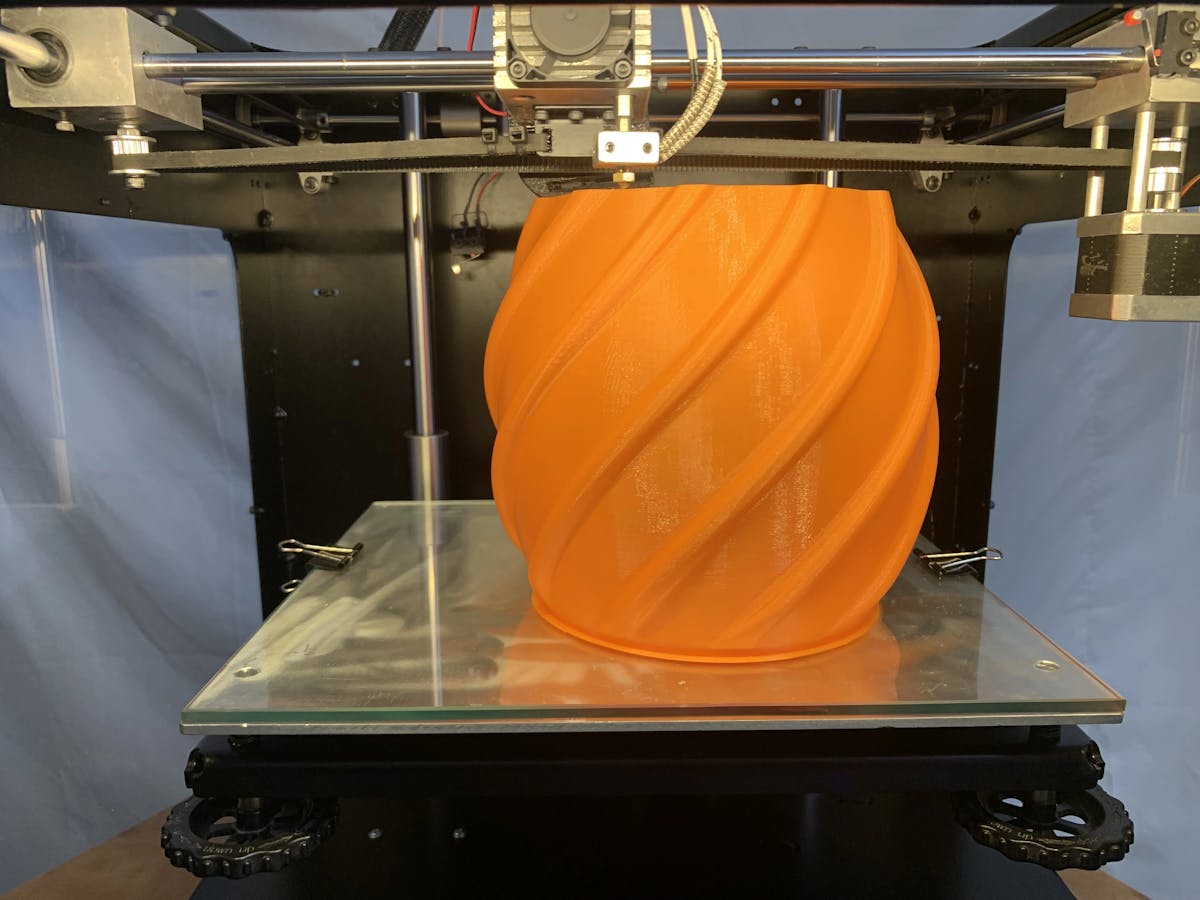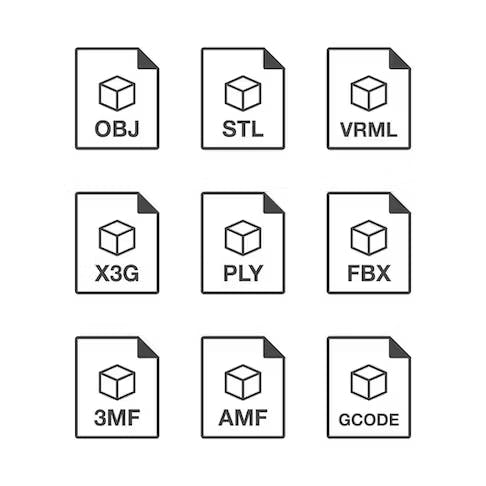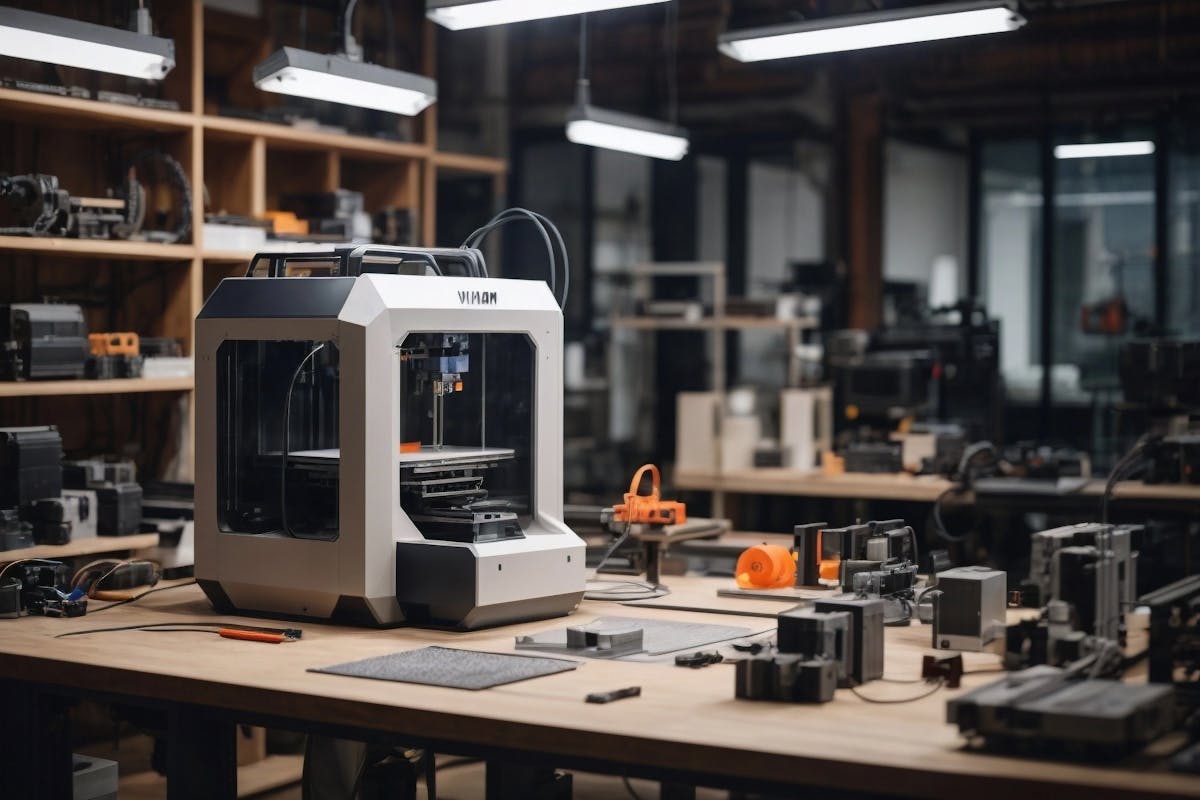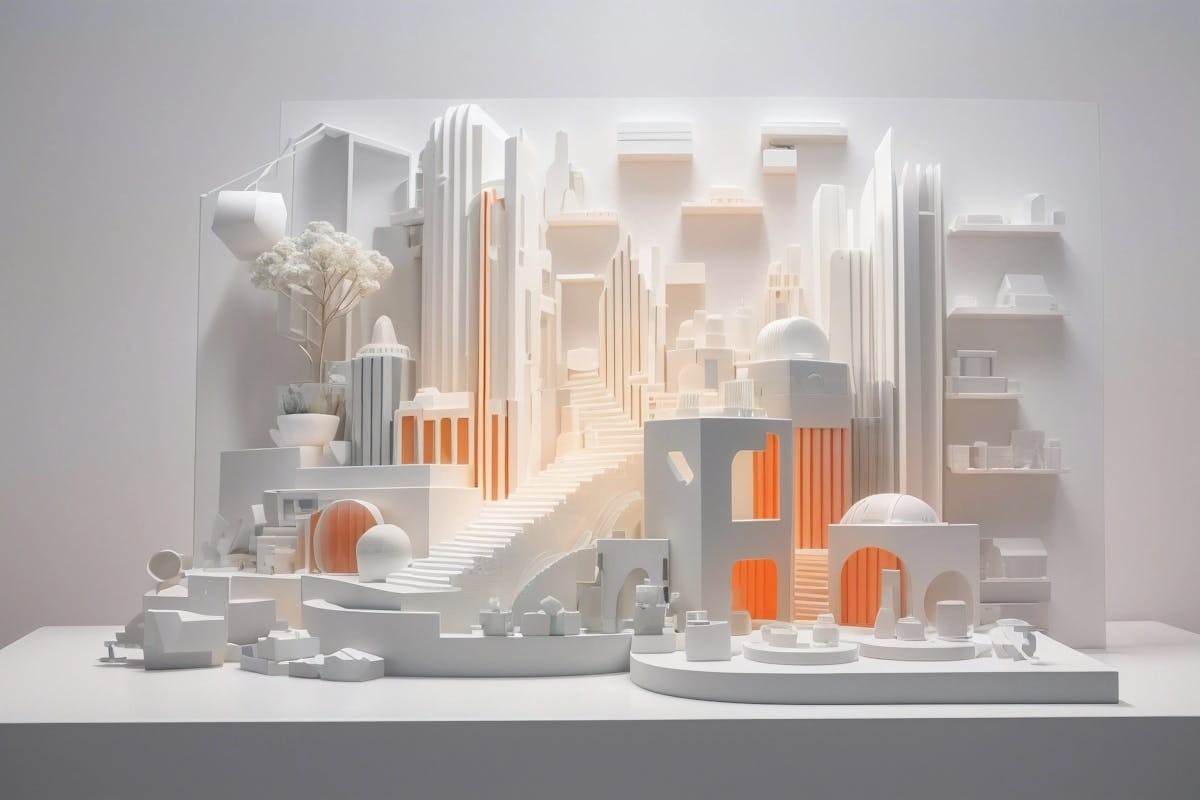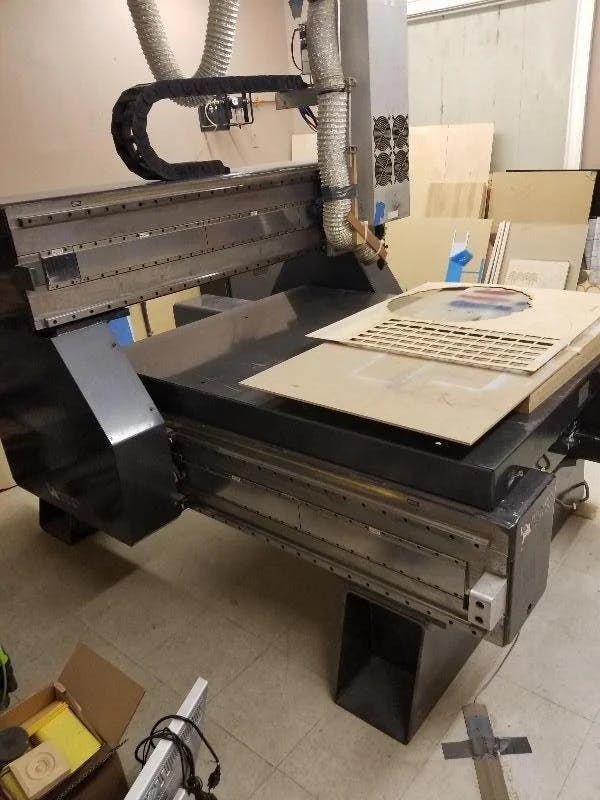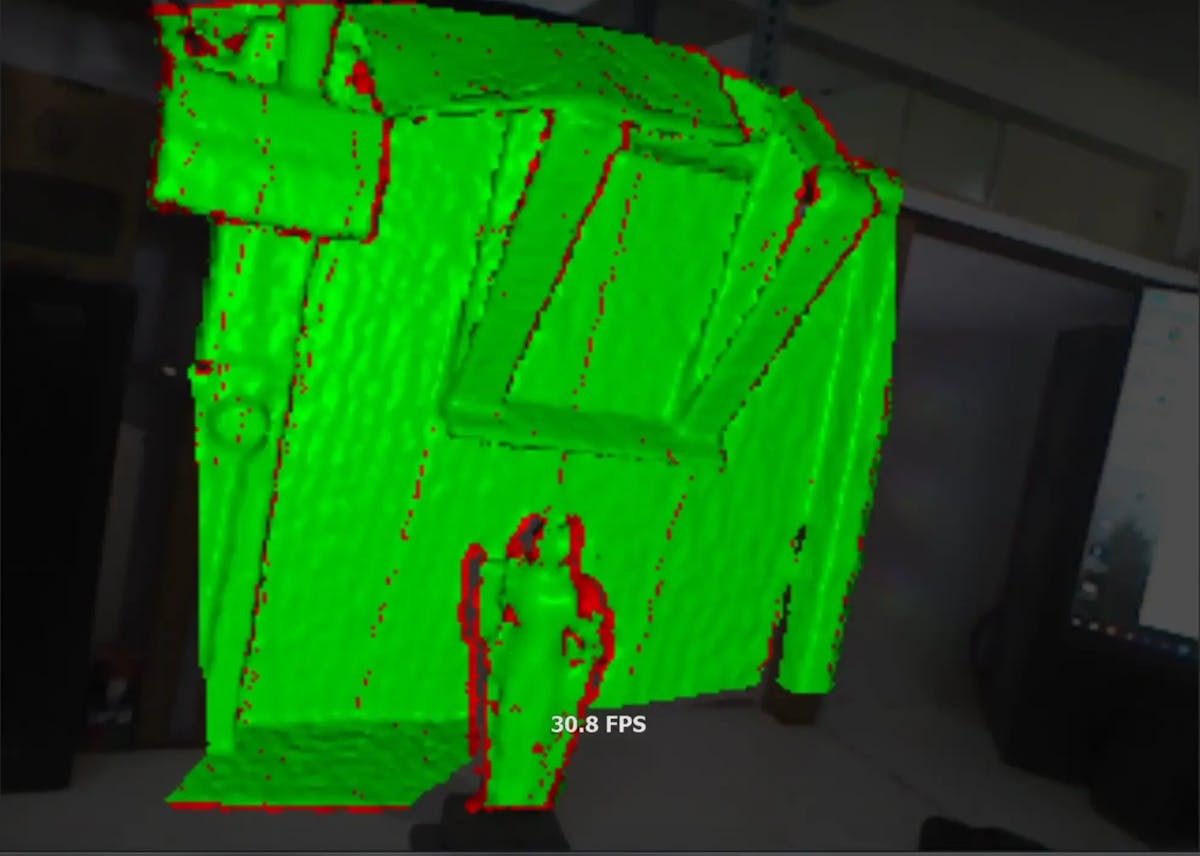Printed Wonders: Our 3D Printing Blog
Dive into the world of cutting-edge 3D printing with our official blog. Discover the latest industry trends, explore innovative techniques, and find inspiration for your next project. Stay informed and inspired by the limitless possibilities of additive manufacturing.
Discover Your Next Creation!
